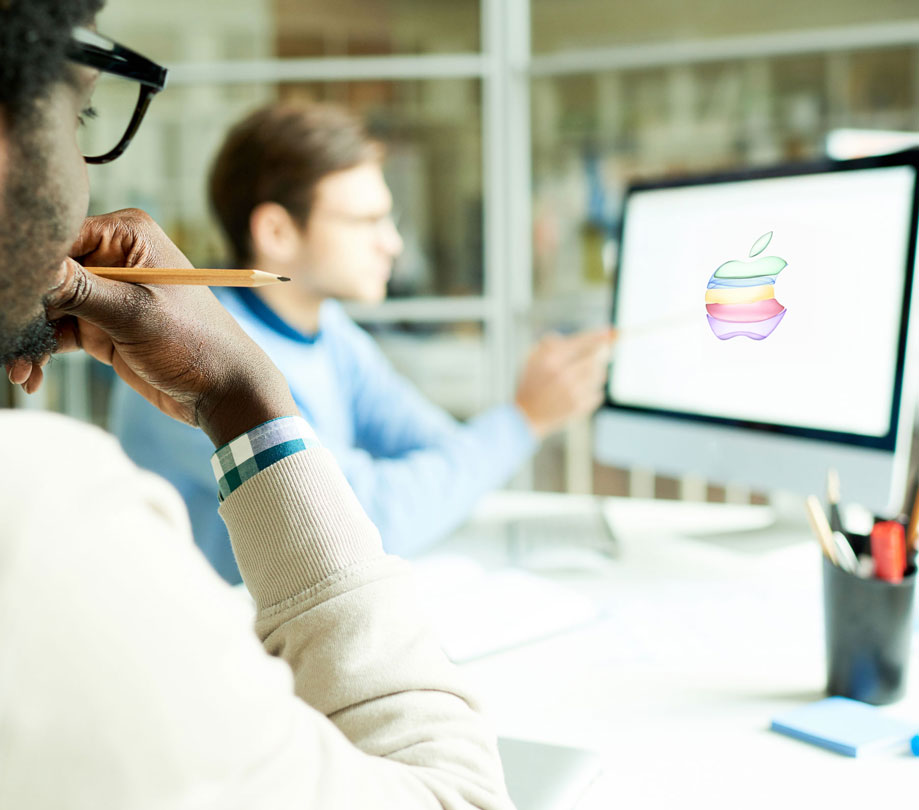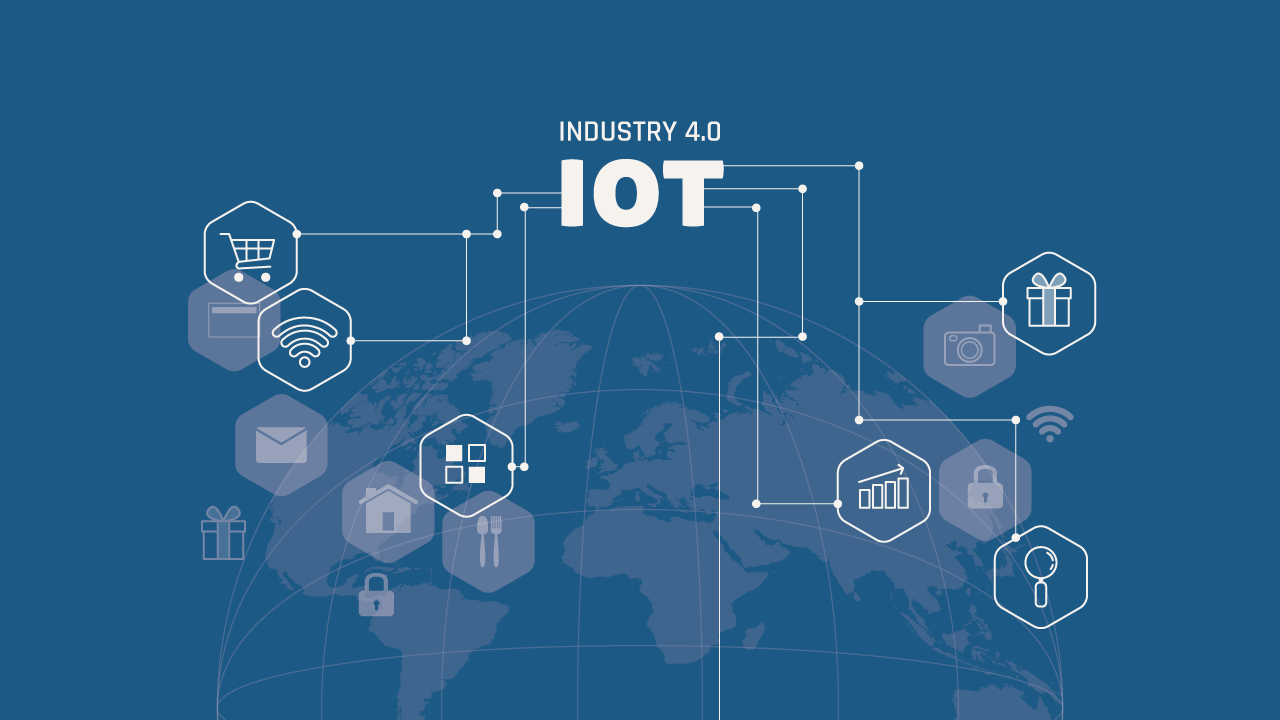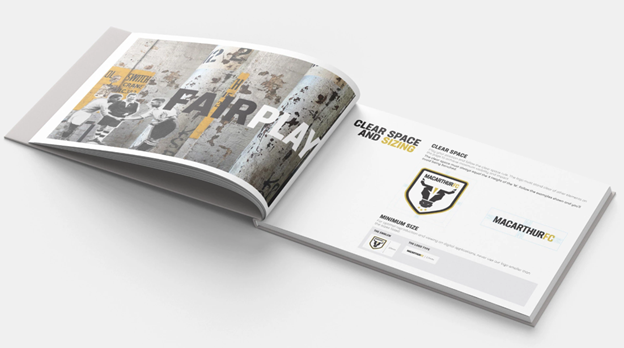If you are interested in becoming an iOS developer, you must understand what an iOS developer does.
iOS developers create software for Apple’s devices with the mobile operating system called iOS. First, the iPhone came out in 2007, and then the iPad in 2010, both of which are developed by an iOS developer and run iOS. It is the second most popular operating system after Android.
There is an incredibly huge demand by CTOs looking to hire a developer because of talent shortage, and also the job is more and more needed as time goes by.
So an iOS developer is a person that is making it happen. The developer is responsible for developing a mobile app that will run fast without causing any user problems.
Let’s see what the most common stages that a developer must go through are.
Table of Contents
Stages of Development
Creating an iOS app may demand a large set of steps; it depends on the app’s complexity that needs to be developed or the size of the company referred to. It is also different for a junior developer or a senior; they would have additional responsibilities.
But it is also possible to create an app alone, and several stages are typical for any type of development that a developer must go through.
Realistic Ideas
The first step to any creative job is an idea. An iOS developer must be creative to find ways to invent something new and fresh. And the idea must be realistic, even though the world of technology proves that anything that goes through your mind can be accurate soon.
After having the idea, another critical part is the market research. Even if you think your idea is excellent, that doesn’t mean that the market needs it. You have to see if there is a demand for it, and it is vital to research the amount of competition you might face.
Once you have an original idea that people want to use and the competition isn’t a huge problem, you must see whether the app fulfilled Apple’s terms of service. No matter how good or creative an app is, it can’t be distributed if the requirements and terms are not satisfied.
App Design
The basics of the app will more or less provide the feeling of the app and what its functions will be. But the thing that attracts a lot of users is the design of the app. It is the mix between how good it functions and how it looks. The design part determines all the necessary details. It is where the UI and UX design of the app starts.

The whole process starts with a wireframe, where it is viewed how the app functions while capturing the flow between screens. For instance, for a login screen that has to go to registration and forgotten password screens, the wireframe will show how they connect and all the places you can go next.
The UI and UX design phase determine the organization and appearance, interaction points for the user and how they unfold, page layout, icons, and graphic design. The software infrastructure is not visible to the user visually but is vital to determining the internal structure.
App Building
Once an iOS developer finishes the first two steps, comes the point of building it. There are three parts to building the app.
The first one is the back end, where all the maintenance and processing that keeps the app running is made. Next, the iOS developer must integrate with third-party services like social media, notifications, and account authentication and management.
The second part is API which means Application Programming Interface, and it translates the server-side to something that a mobile device can understand.
And last but not least, which is, of course, the front end that involves everything that the user interacts with.
Finishing Part
Here is where the ending part comes in, the challenge of testing the app and then submitting it to be approved.
This is a considerable part of the UI and UX design, and it’s where it has to be ensured that the app works. It is tested by giving it to users for a tryout, and they provide information on how to make it more interesting, how everything can look more clear, and what can be done to make it better. It is also the part where bugs are fixed so that the future user can use the app without any problems.
Once the testing is done, the app needs to be submitted to the App Store, and if it is approved, it will be available to the users. It’s essential to say that an app is practically never finished because it has to be updated to stay interesting all the time.















